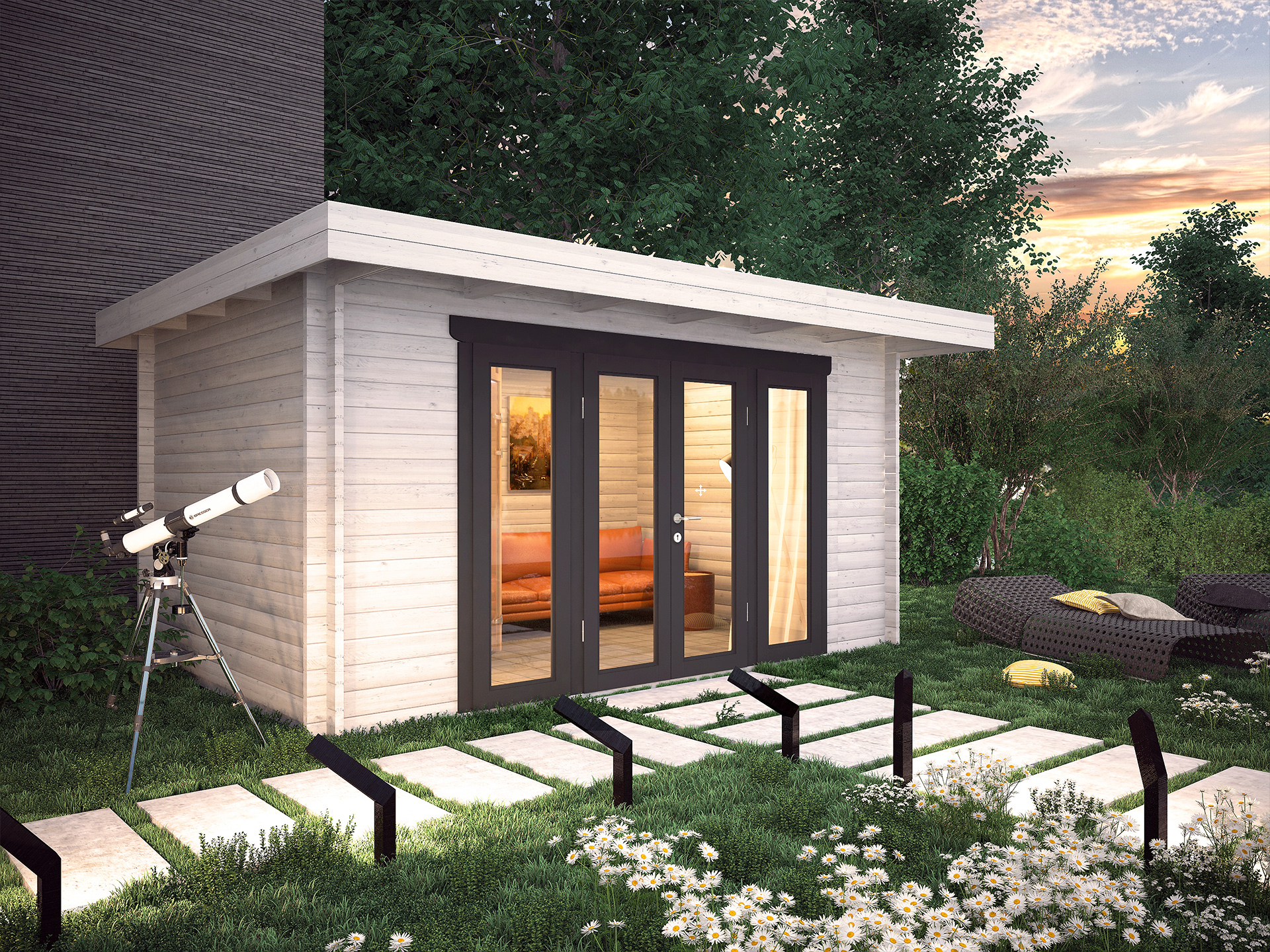
I. Introduction
Transform your garden cabin into a functional and professional home office. Utilize the space efficiently by adding a desk, comfortable seating, and adequate storage solutions. Create a conducive work environment by ensuring proper lighting, ventilation, and privacy. Enjoy the convenience and productivity of a dedicated home office in the comfort of your own backyard.

Utilize the natural surroundings to inspire creativity and enhance your focus. Incorporate elements of nature in your office design, such as potted plants or a picturesque view. Make use of technology to stay connected and productive, with reliable Wi-Fi and necessary equipment. Personalize your space with motivational artwork or photos that reflect your professional goals. With a well-designed garden cabin home office, you can achieve work-life balance while enjoying the tranquillity of nature.
II. Benefits of Having a Home Office
1. Increased productivity
Utilize the space efficiently by adding a desk, comfortable seating, and adequate storage solutions. Create a conducive work environment by ensuring proper lighting, ventilation, and privacy. Enjoy the convenience and productivity of a dedicated home office in the comfort of your own backyard. Utilize the natural surroundings to inspire creativity and enhance your focus.
2. Improved work-life balance
With a well-designed garden cabin home office, you can achieve improved work-life balance effortlessly. By utilizing the space efficiently and creating a conducive work environment, you can enjoy the convenience and productivity of a dedicated home office right in your own backyard. Take advantage of the tranquillity of nature and the flexibility of remote work to find harmony between your professional and personal life.
3. Cost savings
Cost savings can be achieved by setting up a garden cabin home office. By utilizing the space efficiently with a desk, comfortable seating, and adequate storage solutions, you can create a productive workspace without incurring additional rental costs. Additionally, working from home eliminates commuting expenses and allows you to save on daily expenses associated with office-based work. Enjoy the financial benefits of a cost-effective home office while maintaining a professional work environment.
III. Assessing Your Garden Cabin
1. Evaluating available space
Evaluate the available space in your backyard to determine if it can accommodate a garden cabin home office.
Consider the dimensions and layout of the space to ensure it is suitable for your work needs.
Take into account any existing structures or obstacles that may impact the installation of the garden cabin.
Measure the area accurately to determine the size and design options that will fit within the available space.
Ensure that there is sufficient clearance and access for construction and future maintenance of the garden cabin.
2. Designing a functional layout
Assess the insulation and ventilation needs of your garden cabin to create a comfortable and productive work environment.
Choose insulation materials that are appropriate for your climate to maintain a consistent temperature inside the cabin.
Consider installing windows, skylights, or vents to allow for proper airflow and ventilation.
Design a layout that optimizes space and functionality for your specific work requirements.
Consider the placement of furniture, storage solutions, and equipment to create an efficient and organized workspace.
Ensure that the layout allows for natural light to enhance productivity and create a pleasant working atmosphere.
IV. Essential Elements for a Productive Home Office
1. Ergonomic furniture and equipment
2. Adequate lighting
Assess the insulation and ventilation needs of your garden cabin to create a comfortable and productive work environment. Choose insulation materials that are appropriate for your climate to maintain a consistent temperature inside the cabin. Consider installing windows, skylights, or vents to allow for proper airflow and ventilation. Design a layout that optimizes space and functionality for your specific work requirements. Consider the placement of furniture, storage solutions, and equipment to create an efficient and organized workspace. Ensure that the layout allows for natural light to enhance productivity and create a pleasant working atmosphere.
3. Effective storage solutions
Assess the insulation and ventilation needs of your garden cabin to create a comfortable and productive work environment. Choose insulation materials that are appropriate for your climate to maintain a consistent temperature inside the cabin. Consider installing windows, skylights, or vents to allow for proper airflow and ventilation. Design a layout that optimizes space and functionality for your specific work requirements. Consider the placement of furniture, storage solutions, and equipment to create an efficient and organized workspace. Ensure that the layout allows for natural light to enhance productivity and create a pleasant working atmosphere. Heading: IV. Essential Elements for a Productive Home Office Heading: 1. Ergonomic furniture and equipment Heading: 2. Adequate lighting Heading: 3. Effective storage solutions
V. Creating a Distraction-Free Environment
1. Soundproofing techniques
Assess the insulation and ventilation needs of your garden cabin to create a comfortable and productive work environment. Choose insulation materials that are appropriate for your climate to maintain a consistent temperature inside the cabin. Consider installing windows, skylights, or vents to allow for proper airflow and ventilation. Design a layout that optimizes space and functionality for your specific work requirements. Consider the placement of furniture, storage solutions, and equipment to create an efficient and organized workspace. Ensure that the layout allows for natural light to enhance productivity and create a pleasant working atmosphere.
2. Managing external distractions
Choose insulation materials that are appropriate for your climate to maintain a consistent temperature inside the cabin. Consider installing windows, skylights, or vents to allow for proper airflow and ventilation. Design a layout that optimizes space and functionality for your specific work requirements. Consider the placement of furniture, storage solutions, and equipment to create an efficient and organized workspace. Ensure that the layout allows for natural light to enhance productivity and create a pleasant working atmosphere.
3. Establishing boundaries
Choose insulation materials that are appropriate for your climate to maintain a consistent temperature inside the cabin. Consider installing windows, skylights, or vents to allow for proper airflow and ventilation. Design a layout that optimizes space and functionality for your specific work requirements. Consider the placement of furniture, storage solutions, and equipment to create an efficient and organized workspace. Ensure that the layout allows for natural light to enhance productivity and create a pleasant working atmosphere.
VI. Enhancing the Ambiance
1. Choosing the right colour scheme
Consider incorporating plants and greenery to add a touch of nature and increase air quality.
Select artwork or decor that inspires creativity and motivation within your workspace.
Utilize adjustable lighting options to create different atmospheres for different tasks.
Invest in a comfortable and supportive chair to promote good posture and reduce back strain.
Implement a designated area for relaxation or breaks to recharge and rejuvenate during the workday.
2. Incorporating plants and natural elements
Consider adding elements of artwork or personal decorations to make the space feel inviting and inspiring.
Invest in a comfortable and supportive chair to prioritize your physical well-being during long work hours.
Create a designated area for breaks and relaxation, such as a cozy reading nook or a small meditation corner.
Strategically place electrical outlets and ensure easy access to power sources for your electronic devices.
Consider incorporating technology that promotes productivity, such as a dual-monitor setup or a wireless printer.
Ensure that your home office is well-insulated and soundproofed to minimize distractions from outside noise.
Implement a system for managing cables and cords to keep your workspace organized and free from clutter.
Make use of natural scents or essential oils to create a calming and focused environment.
Consider investing in a whiteboard or bulletin board for visual organization and task management.
Finally, regularly assess and adjust your home office setup to meet your evolving needs and optimize your productivity.
3. Personalizing the space
Create a designated area for breaks and relaxation, such as a cosy reading nook or a small meditation corner. Strategically place electrical outlets and ensure easy access to power sources for your electronic devices. Consider incorporating technology that promotes productivity, such as a dual-monitor setup or a wireless printer. Ensure that your home office is well-insulated and soundproofed to minimize distractions from outside noise. Implement a system for managing cables and cords to keep your workspace organized and free from clutter.
X. Conclusion
In conclusion, by following these tips for setting up your home office, you can create a productive and comfortable workspace that supports your work-from-home lifestyle. Remember to prioritize ergonomics, personalize the space to your liking, and invest in organizational tools. Regularly assess and adjust your setup to accommodate your evolving needs, and don’t forget to create a designated area for breaks and relaxation. With careful planning and attention to detail, your home office can become a space that enhances your productivity and overall well-being.
You can see examples of our Garden Home Office Cabins at any of our showrooms, nationwide.

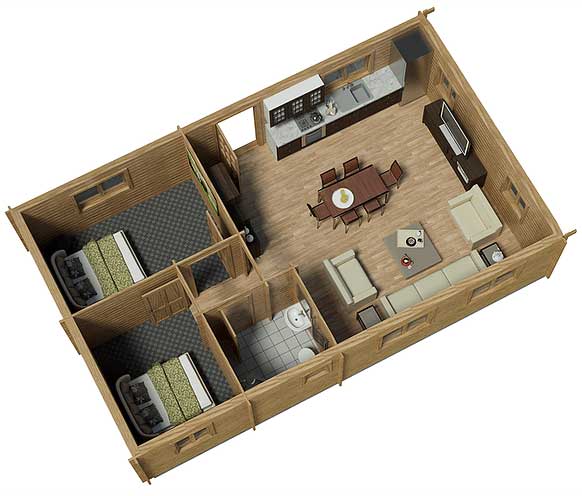
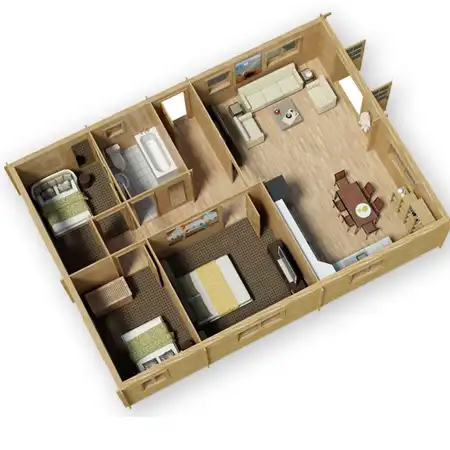
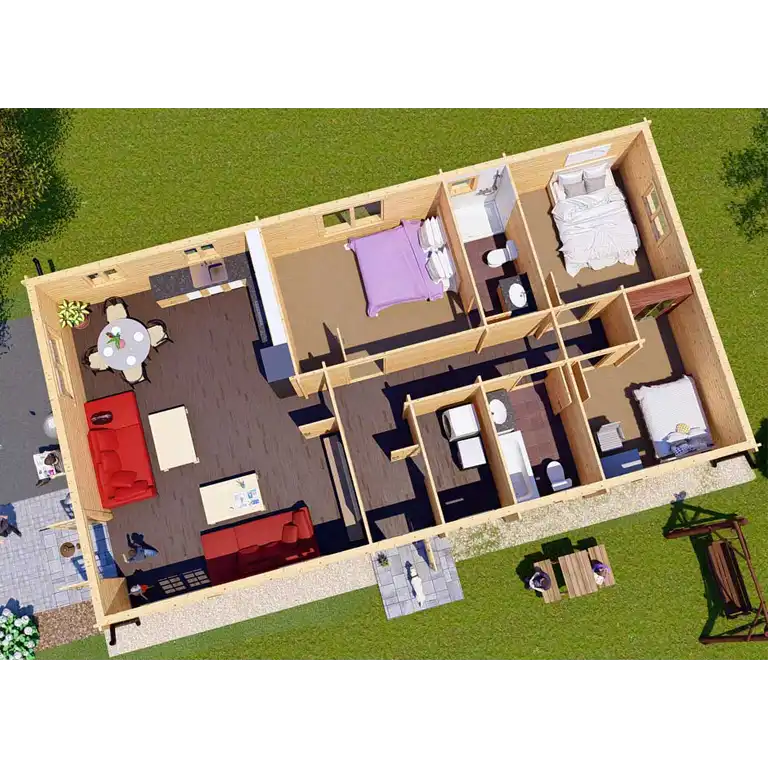



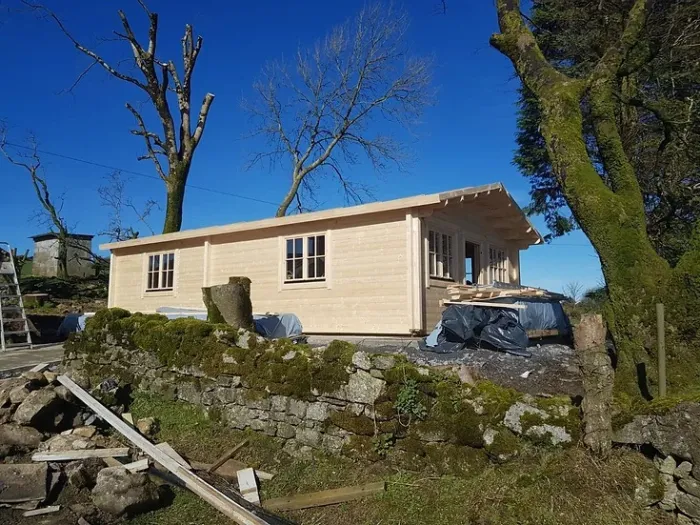
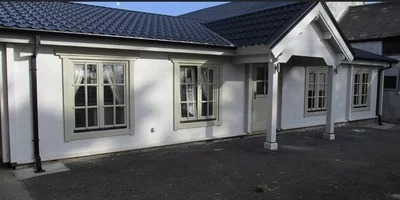
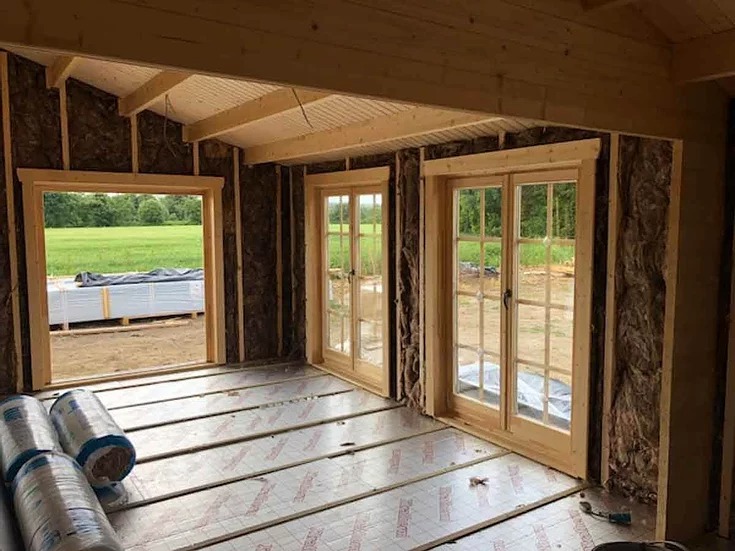
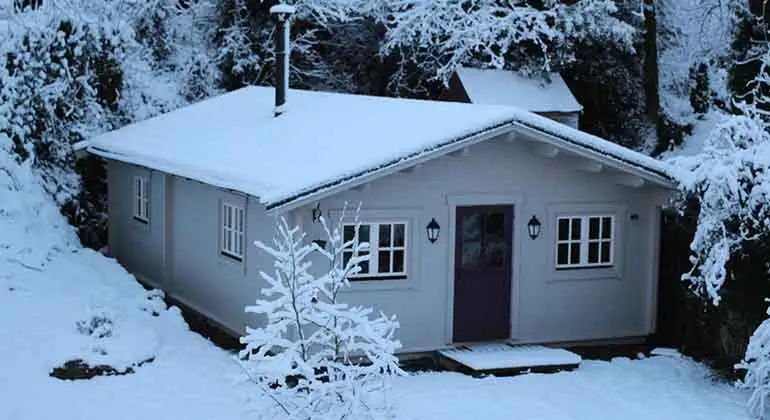
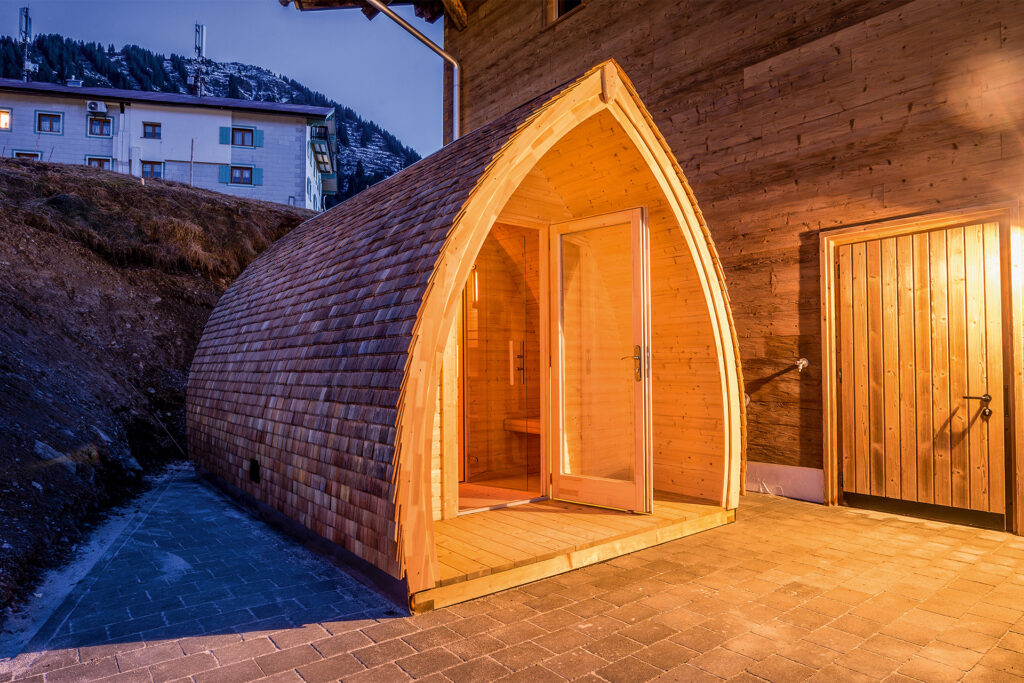
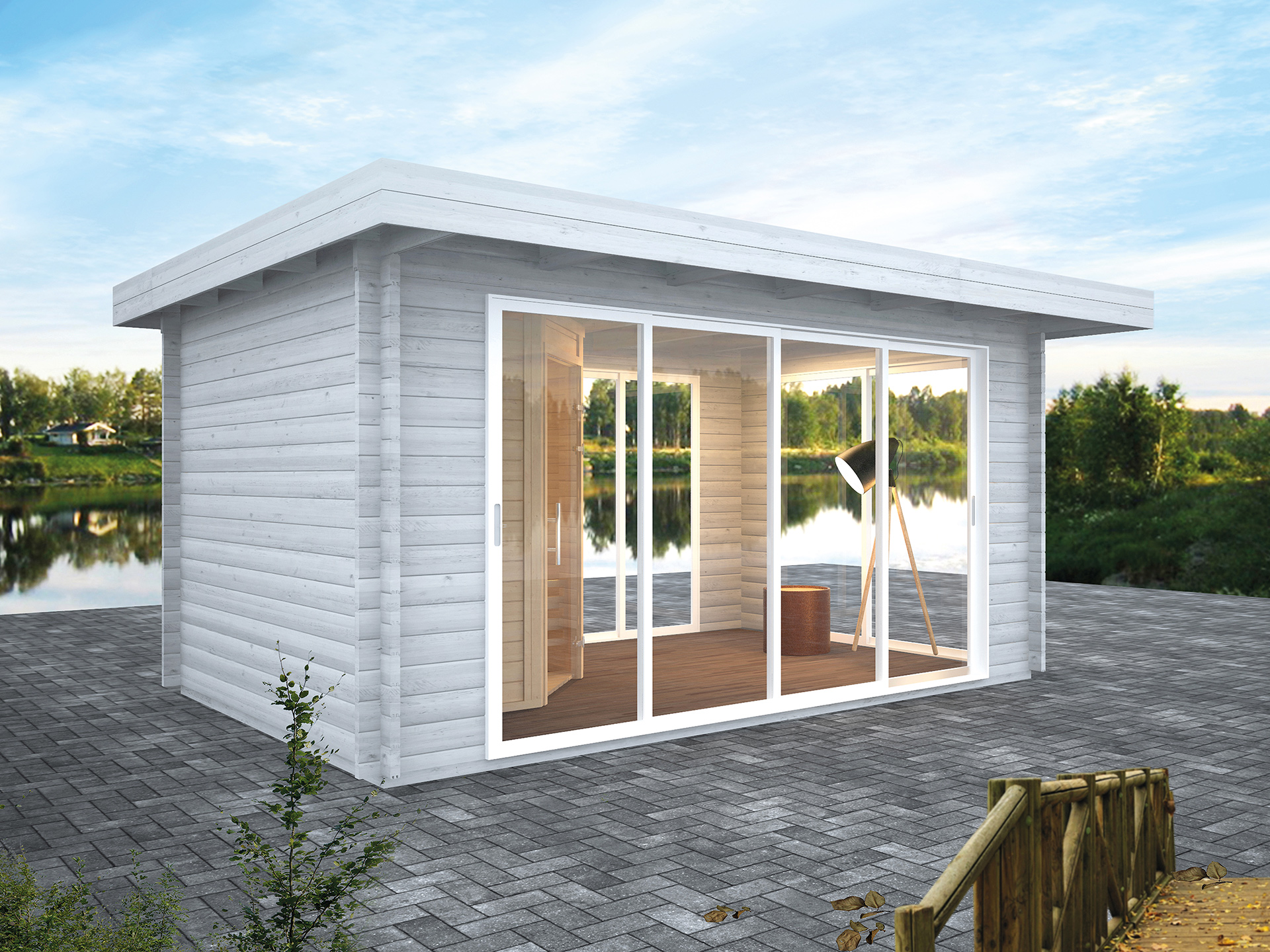
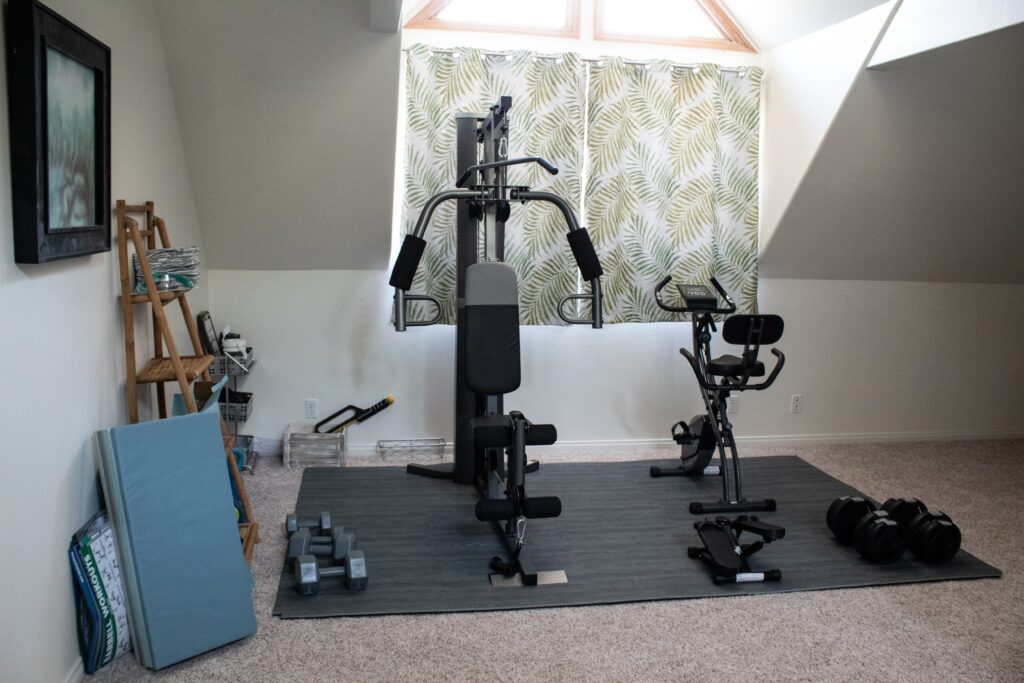
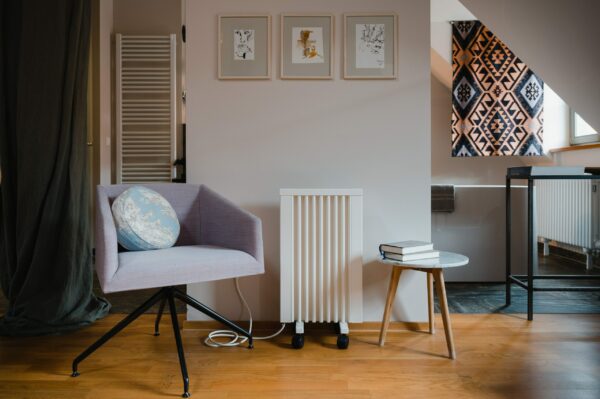
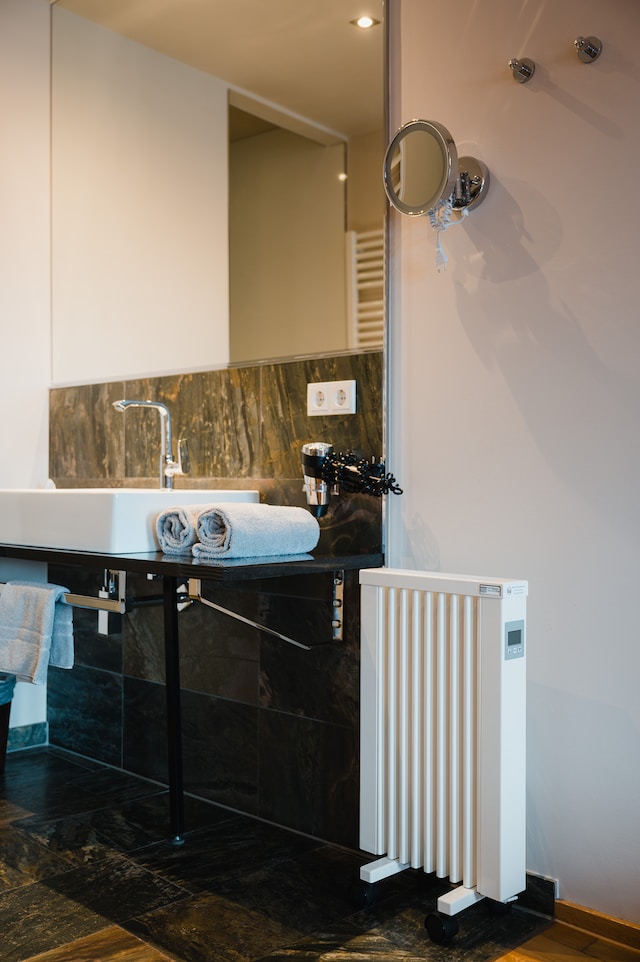
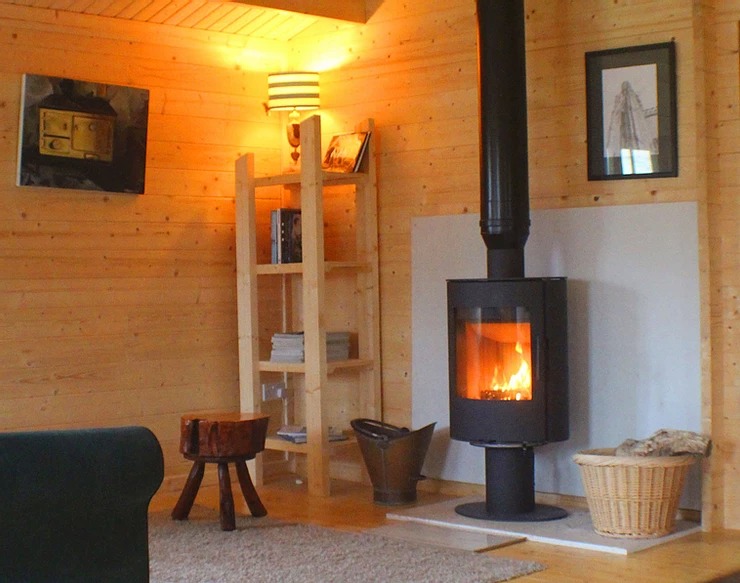
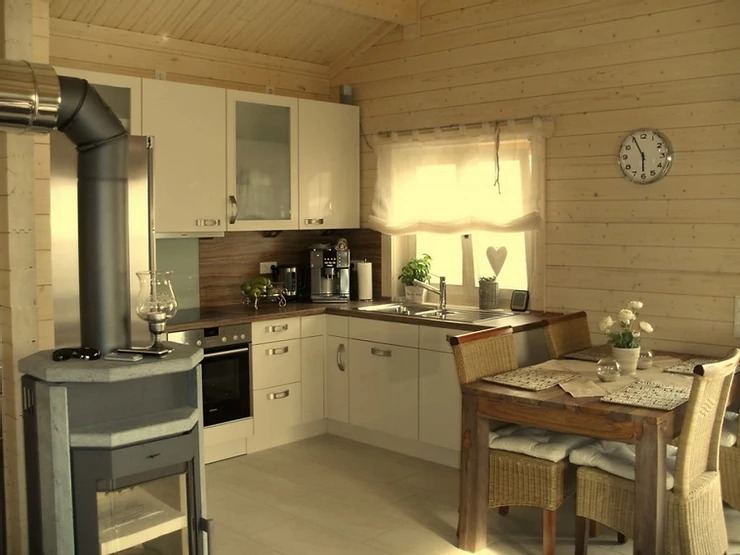
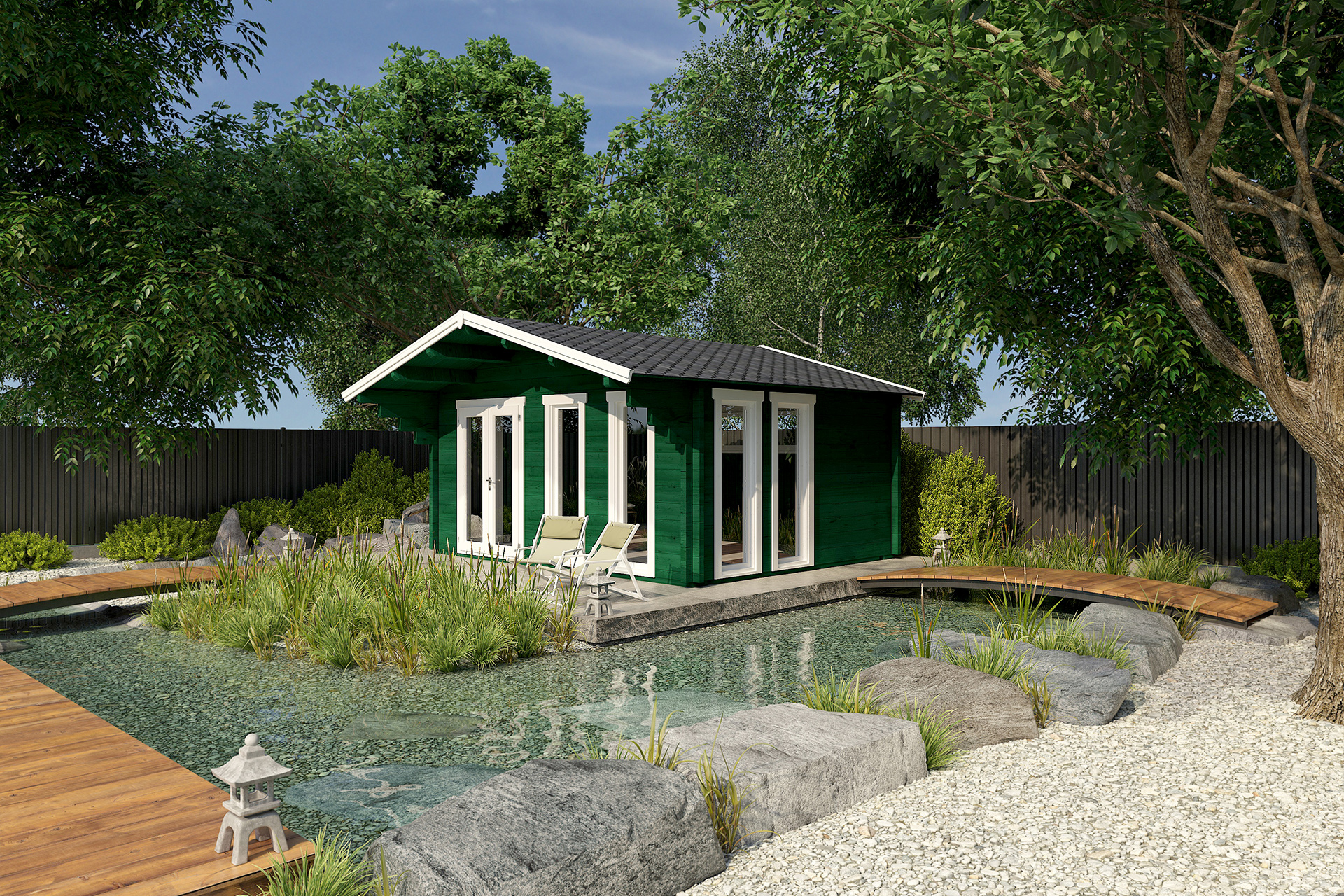


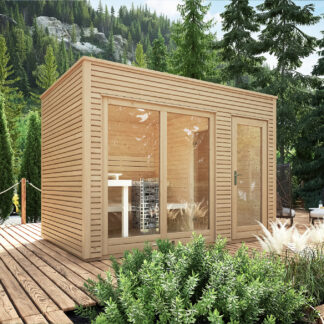
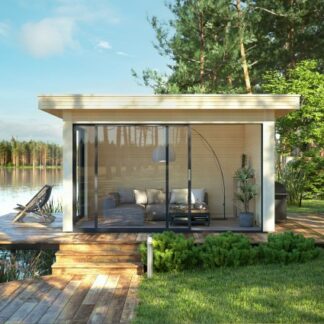
Recent Comments